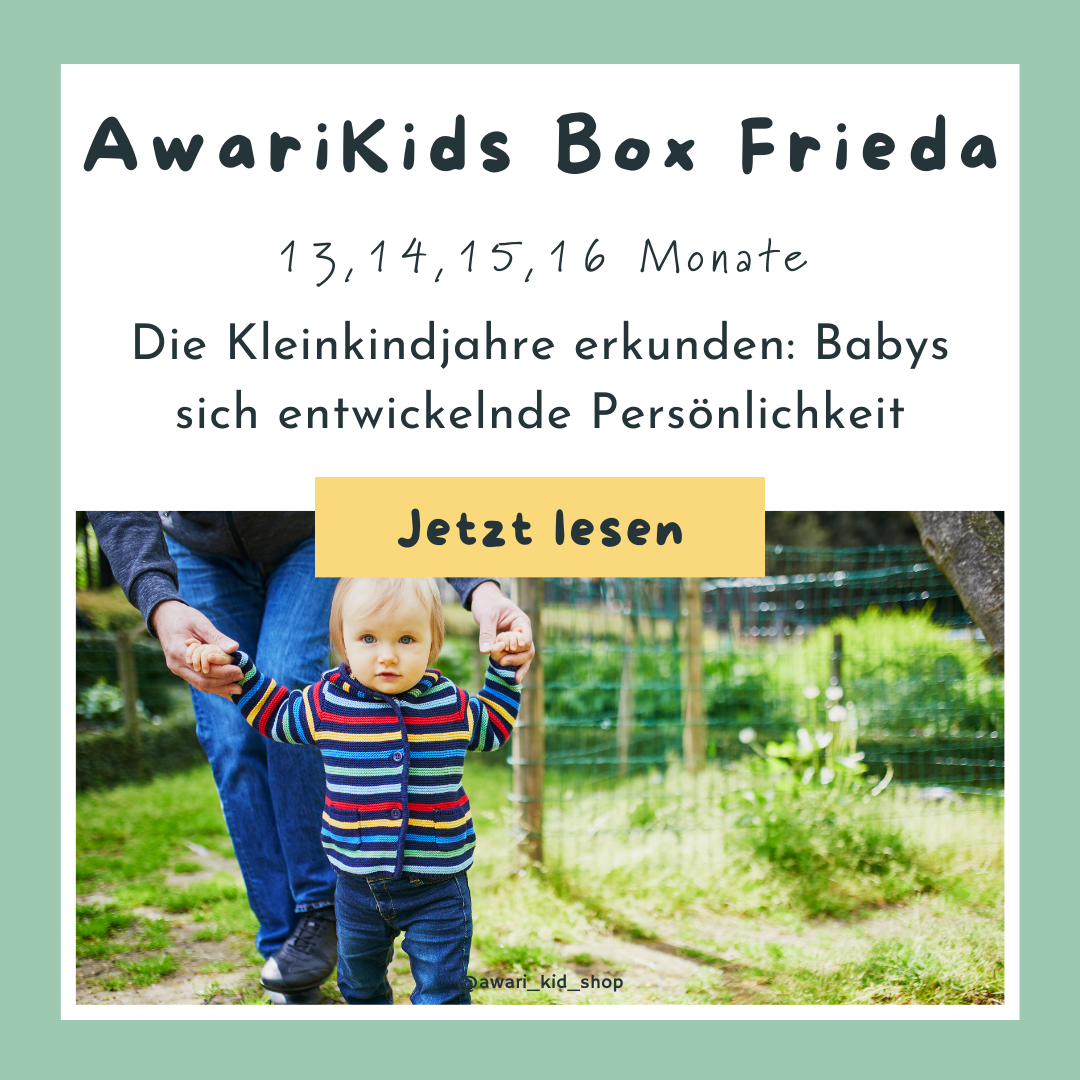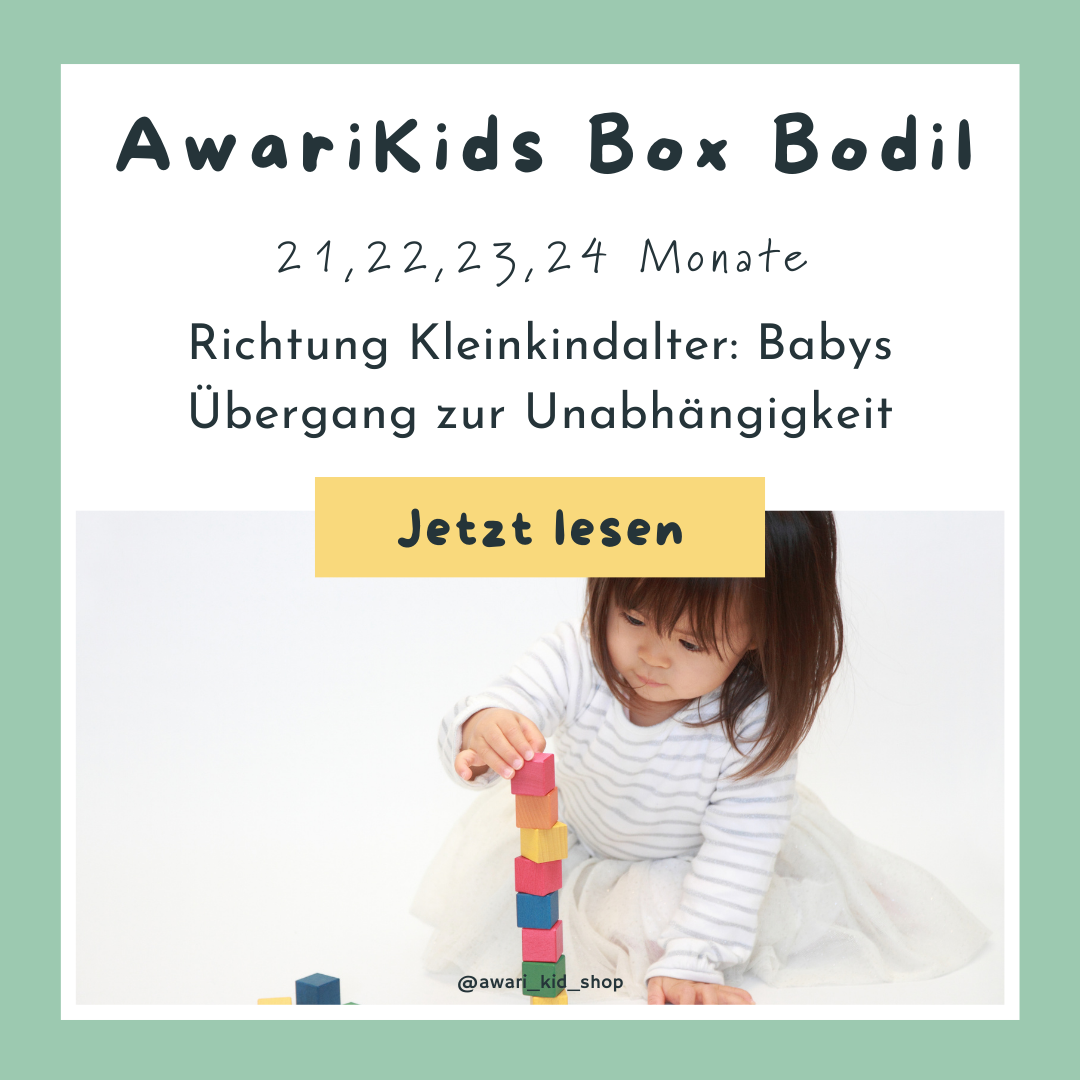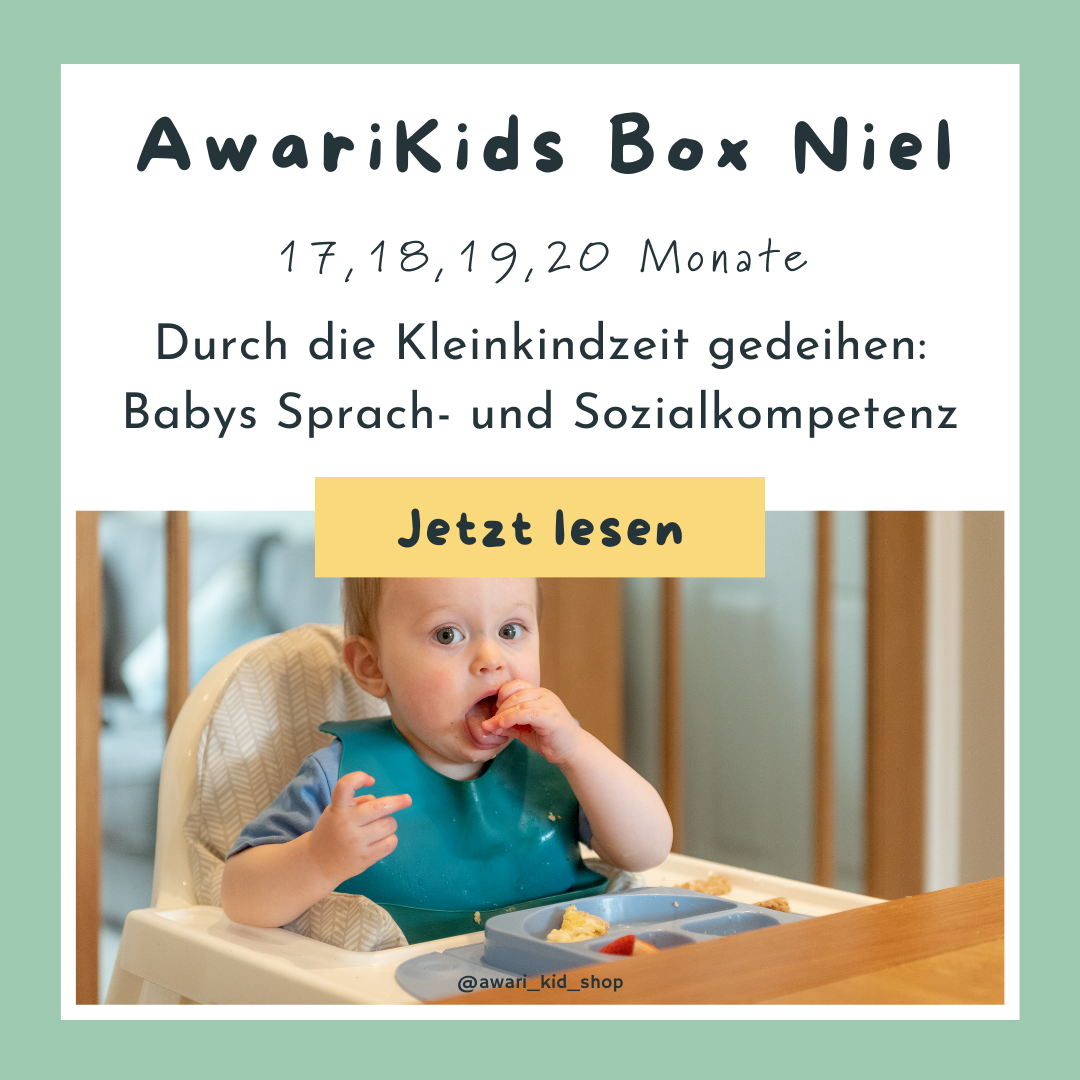Welcome to the second year of life! Your child is now finding their place in the world, they are now confident enough to do a lot and want to do as much as possible themselves. Development at a glance (13 to 16 months):
During this period, babies undergo remarkable development and begin to show more independence. Here are some important milestones and developments typical for babies this age:
-
Motor Skills: Babies become more dexterous and begin to develop their motor skills. Many people at this age can walk freely or at least try to take their first steps. You can also try completing simple tasks such as picking up objects or climbing low furniture.
-
Language development: Language development continues, and at this age babies can begin to speak their first words or at least make vocalizations to express themselves. You can also understand simple instructions or questions and respond accordingly.
-
Social Interaction: Babies are becoming increasingly social and showing more interest in other people. You can start playing simple games with others, such as playing ball or sharing toys. They also show more emotional reactions such as laughing, crying and frustration.
-
Independence: Babies at this age are beginning to discover their independence and often want to do things on their own. You can try feeding yourself, putting on your shoes, or doing simple dressing and undressing activities.
-
Fine motor skills: Fine motor skills continue to improve, and babies can begin to specifically grasp and manipulate smaller objects. You can also try completing simple tasks like stacking building blocks or putting puzzle pieces together.
-
Curiosity and discovery: Babies become more and more curious about their surroundings and want to explore everything. You can begin searching for, examining, and playing with objects more specifically. They also show more interest in books, pictures and other visual stimuli.
It is important to note that each baby develops individually and reaches milestones at their own pace.
The AwariKids Box Frieda

The AwariKids Box Frieda was developed to give your child new insights and create new play opportunities that are perfectly tailored to this stage of development. The beehive with bees made from organic cotton is not only a great exercise for fine motor skills, but can also be used as a bag. Our wooden game “Three in One” offers your child varied, exciting and challenging play options.
The AwariKids Box Frieda:
- Fun and exciting learning experiences
- Promotes fine motor skills
- Promotes independence
- Promotes dexterity
- Promotes self-confidence
- New experimental experiences
Bees in the hive

What?
One of our absolute favorites and not just because of the absolutely adorable design. The bees and their nest (bag) are made of 100% organic cotton and not only delight small children.
How?
The bee trio and the nest offer a lot of play and activity options. The bees and the nest can of course be used individually. The bees can then be placed in their nest and carried around thanks to the handle. But that's just one of many game/use variants.
Why?
Fine motor skills and eye-hand coordination are encouraged as your child puts the bees in and out of the nest. In addition, your child will probably use the bee's nest as a bag, put things in it and use it for transport, and it is also ideal for later role play.
Steckspiel

What?
This innovative wooden plug-in game offers your child a variety of possibilities; your child will really enjoy trying out the different variations of the plug-in game.
How?
One side of the plugging game is the classic hammer game; your child can use the small wooden hammer to hammer the balls into the box. The other side is a sticking game with carrots; your child can put the individual carrots into the holes provided and pull them out again. The third variant is the worm fishing game, with the magnetic wooden stick you can pull the worms out of the holes one after the other.
Why?
This game offers a variety of exciting play options for your child, all of which promote fine motor skills, cognitive skills, the ability to concentrate and endurance. Depending on which side of the game your child uses, other fine motor skills are trained. You see, this game is a real all-rounder ;)
Vegetable cutting set

What?
The wooden set consists of eight different types of vegetables and a knife. The individual types of vegetables can be easily divided and put back together (thanks to the Velcro fastener).
How?
Your child can easily cut through the vegetables with the knife and then put them back together. At this age, children begin to imitate adults with their first role-playing games. These are usually everyday activities that children adopt first, which is often the preparation of food, so the cutting set is perfect for this.
Why?
Your child is becoming more and more aware of its environment and wants to be an active part of it, so it begins to imitate everyday activities. On the one hand, the cutting set promotes your child's fine motor skills, and it also helps them to expand their cognitive abilities. The continuous cutting and sorting of the individual types of vegetables also promotes your child's stamina. The set also encourages your child's creativity.
Mold set

What?
The molding puzzle made of food-grade silicone offers a variety of play options and, thanks to the material, is easy to clean and particularly durable.
How?
The mold set is a real all-rounder; your child can use it as a puzzle, or, for example, use the molds to bake sand cookies, or as a kitchen helper to bake “real” cookies. To name just a few variations, your child can probably think of many more. The molds can be easily cleaned in boiling water or in the dishwasher. Puzzles are a very useful material at every stage of early childhood development.
Why?
Classifying and assigning things is one of the things your child really enjoys doing at this age. It's a great feeling of achievement when your child has sorted all four shapes. Through the different shapes, your child will learn about their properties and how to distinguish between them. But your child's creativity is also encouraged through the other play options.
Rainbow game tunnel

What?
The rainbow play tunnel can be used both indoors and outdoors. As quickly as this roll is set up, it can be folded up and stored away again. Great fun with little space!
How?
Your child can crawl through the tunnel, hide in it or use it as an entrance to a great cave. There are no limits to your child's imagination and creativity.
Why?
Your child's gross motor skills are trained while playing with the tunnel. Your child will also learn to assess their physical abilities, which will give them additional confidence and self-confidence.

We wish you a great time and lots of fun with our products!
If you have any questions or comments, please feel free to contact us at any time.


Here's a little insight into the next box ;)




